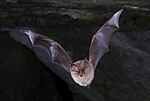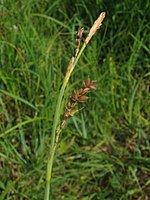Gun's Mills, Flaxley

Gun's Mills, at Flaxley, in the Forest of Dean, Gloucestershire, England, was a major industrial site from the 17th century. Originally built as an armaments factory with associated blast furnace in 1629, it was converted into a paper mill in the 18th century and operated as such until the late 19th century. By the 21st century the mill buildings were largely ruinous, but are being restored as of 2023. Structures on the site included listed buildings and a scheduled monument. The mill complex has been described as the "best remaining furnace of the earliest phase of British blast-furnace practice' and as the "oldest surviving blast furnace that exists in Europe, if not in the world."
Excerpt from the Wikipedia article Gun's Mills, Flaxley (License: CC BY-SA 3.0, Authors, Images).Gun's Mills, Flaxley
Lower Spout lane, Forest of Dean Littledean
Geographical coordinates (GPS) Address Nearby Places Show on map
Geographical coordinates (GPS)
| Latitude | Longitude |
|---|---|
| N 51.8413 ° | E -2.473 ° |
Address
Lower Spout lane
Lower Spout lane
GL17 0EA Forest of Dean, Littledean
England, United Kingdom
Open on Google Maps








